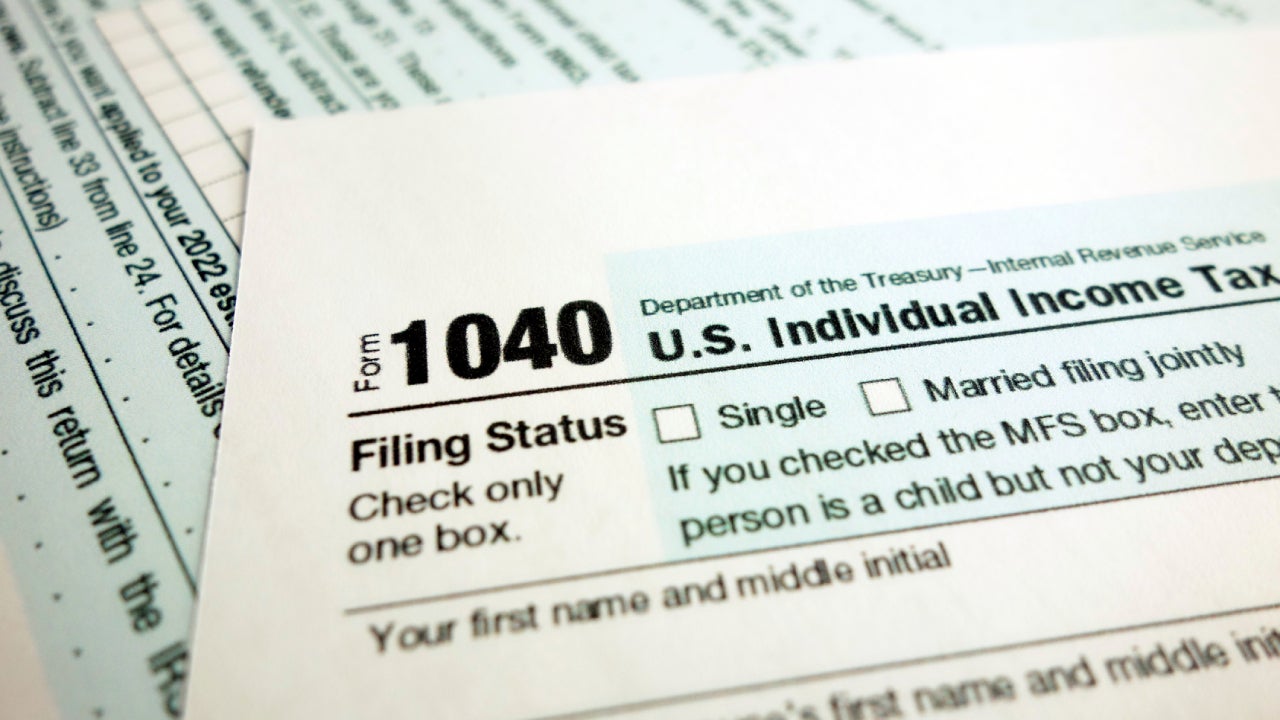Taxpayers for 2017 fall into one of seven brackets, depending on their taxable income: 10%, 15%, 25%, 28%, 33%, 35% or 39.6%. Because the U.S. tax system is a progressive one, as income rises, increasingly higher taxes are imposed. But those in the highest bracket don’t pay the highest rate on all their income. For example, for 2017 taxes, single individuals pay 39.6% only on income above $418,401 (above $470,001 for married filing jointly); the lower tax rates are levied at the income brackets below that amount, as shown in the table below.
The table displays tax brackets according to filing status: single, married filing jointly or qualifying widower, head of household and married filing separately. The IRS makes inflation adjustments each year.
| Tax rate | Single | Head of household |
|---|---|---|
| 10% | Up to $9,325 | Up to $13,350 |
| 15% | $9,326 to $37,950 | $13,351 to $50,800 |
| 25% | $37,951 to $91,900 | $50,801 to $131,200 |
| 28% | $91,901 to $191,650 | $131,201 to $212,500 |
| 33% | $191,651 to $416,700 | $212,501 to $416,700 |
| 35% | $416,701 to $418,400 | $416,701 to $444,550 |
| 39.6% | $418,401 or more | $444,551 or more |
| Tax rate | Married filing jointly or qualifying widow | Married filing separately |
| 10% | Up to $18,650 | Up to $9,325 |
| 15% | $18,651 to $75,900 | $9,326 to $37,950 |
| 25% | $75,901 to $153,100 | $37,951 to $76,550 |
| 28% | $153,101 to $233,350 | $76,551 to $116,675 |
| 33% | $233,351 to $416,700 | $116,676 to $208,350 |
| 35% | $416,701 to $470,000 | $208,351 to $235,350 |
| 39.6% | $470,001 or more | $235,351 or more |



